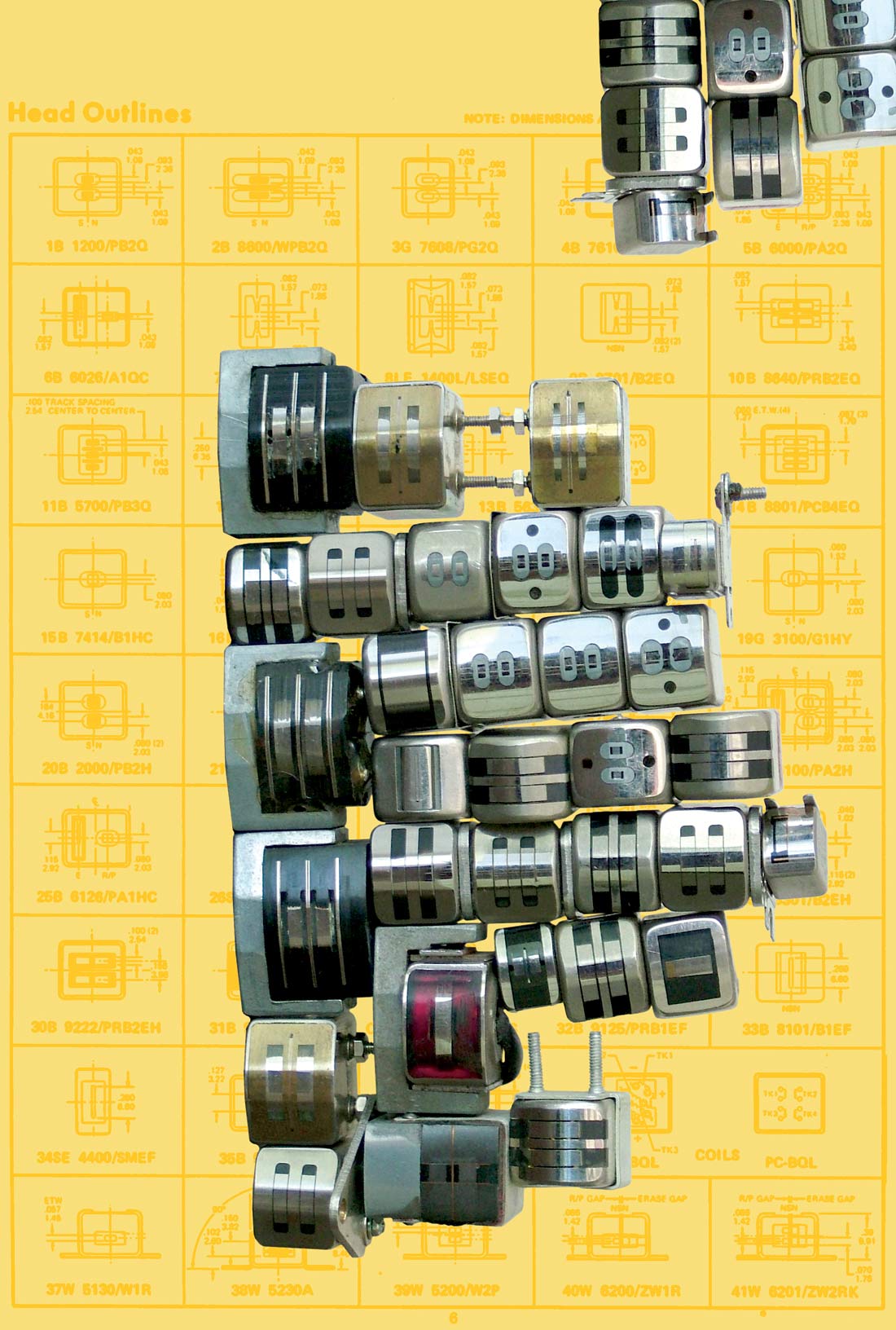Creating a sample instrument is a seemingly straightforward task-record the sound of the instrument with great fidelity, and program a sleek and usable interface to trigger that recording. However, the breadth of styles and ambiences that a piano can have greatly complicates this task. Reason Pianos accomplishes this difficult task of squeezing great sounding and high quality pianos into one piece of software. Featuring three instruments-Yamaha C7 (grand), Steinway D (grand), and Steinway K (upright)-Reason Pianos rises to the top of any piano sampler out there.
Every style of music requires its own unique approach to recording and mic placement. Moreover, every engineer has his or her own method. For this reason, Pianos has chosen to cover practically any way in which a piano can be recorded, using a total of ten mics (two mono mics and four stereo pairs). It's immediately clear toggling through the presets on even the same piano, how big a difference mic placement can make and how important it is in defining a style-whether it's focusing in on the mellow warmth from the soundboard and room ambience, or the punchy and crisp sound of the hammers hitting the strings.
It's immediately clear that the quality of Pianos is extremely convincing and on par with any software that's already out there. Stacked up against my top-two favorites Synthogy's Ivory, and Native Instruments' Akoustik Piano, Reason Pianos holds its own. But what's most impressive about Pianos is the program's versatility.
One of Reason Pianos' largest strengths lies in its extremely intuitive and yet highly tweakable interface. It's hard to create a sample instrument that can provide both the sonic versatility-allowing you to narrow in on that exact roomy and aged piano sound-while still functioning as the quick, go-to writing tool-allowing you to toggle through great presets. While you could spend hours using Pianos and never need more than the presets (especially with patch names the likes of "Deathcab Slap" and "Kings of Convenience"), the layout within each Combinator patch, makes it extremely easy to be your own engineer, mixing in more or less of a mic level, presence, release resonance, or hammer noise (among others).
All these features are fantastic and very user-friendly. But what pushes this software ahead of all others is how it plays-like hearing the pedal noise gently shift the hammers back onto the strings after holding a chord for ten seconds, or the wonderfully out-of-tune, but in-tune feel of an upright. Pianos is chock full of musical gems like these-gems that lend to the true realism and depth of the instrument.
Make sure you have plenty of CPU speed and RAM to run the 24-bit version. At 24-bits, the program became a bit sluggish on my MacBook Pro with 2 GB of RAM, but remained functional when I increased my buffer size slightly (unfortunately, this caused minor latency issues). It ran fine at 16-bits, and with a hardly noticeable loss in fidelity. There were no problems running either the 24-bit or 16-bit versions of Pianos on my Intel Mac Pro with 4 GB of RAM. Also, registered users can download RPi eXode ReFill-which includes 40 patches-for free from Propellerhead's website. ($129 MSRP; www.propellerheads.se)
Tape Op is a bi-monthly magazine devoted to the art of record making.




_disp_horizontal_bw.jpg)